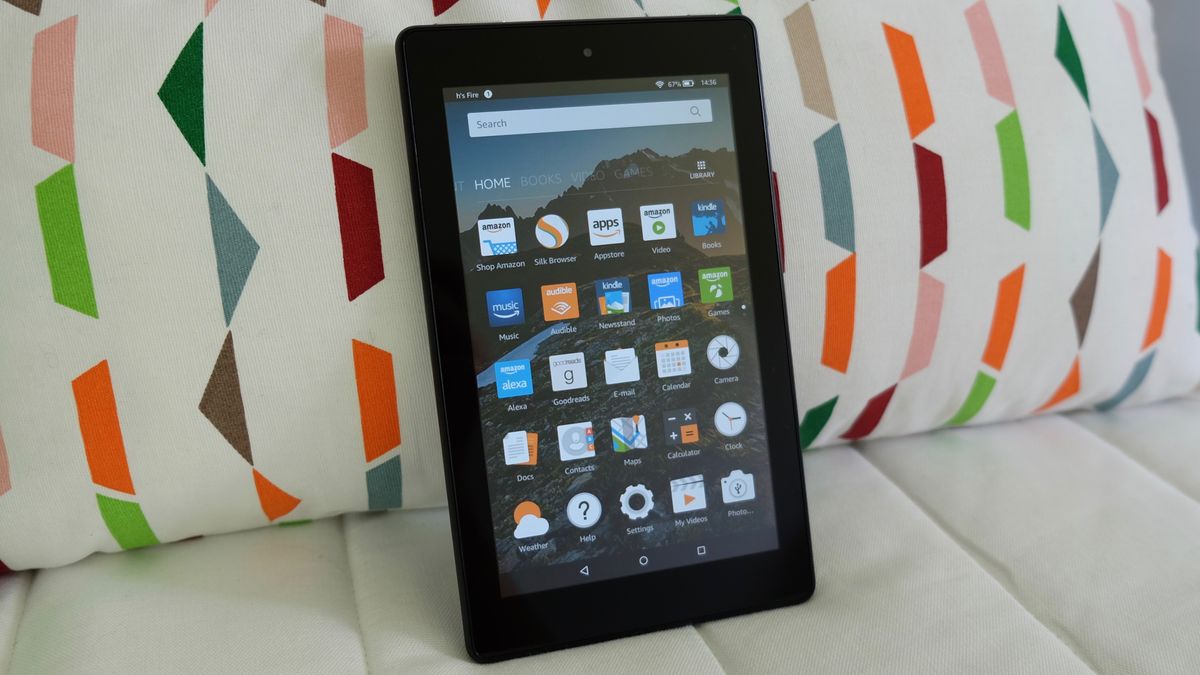TechRadar Verdict
Amazon is still in a $50/£50 tablet league of its own with the Fire 7 (2017), but the low-res display is now arguably a cut too far for a modern media-focused device.
Pros
- +
Crazily cheap price
- +
Decent media performance
- +
Strong battery life
Cons
- -
Screen extremely dull and low-res
- -
Amazon Appstore still thin on the ground
- -
Camera verges on useless
Why you can trust TechRadar
We’ve built up some pretty straightforward expectations for a new Amazon Fire 7 tablet. We know each iteration is going to be a solid-but-basic mini-tablet that acts as a 7-inch window onto the sprawling Amazon ecosystem.
But what we expect above all else is that a new Amazon Fire 7 is that it's going to be very, very cheap. While it can't compete with the specs or HD display of its more advanced sibling, the Amazon Fire HD 8, the new Fire 7 still meets all of the above criteria and starts at a nicely lower price.
With these essential points ticked off, then, two questions arise: is cheap and cheerful still enough in 2017? And also, what’s new?
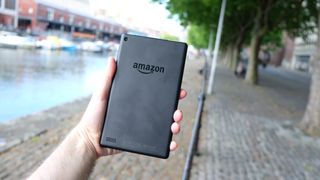
Amazon Fire 7 (2017) price and release date
You'll usually find the Fire 7 priced at $49.99/£49.99 (around AU$85, though there's still no word on an Australian release) but the price fluctuates throughout the year.
For example, Black Friday 2017 will see the price drop down to £29.99 and it's expected to be a similar situation for those in the US. That's the cheapest we've ever seen the tablet, which is easy to buy now directly from Amazon in the UK and US.
The most helpful Fire 7 yet
- Alexa personal assistant comes to Fire
- Dual-band Wi-Fi improves web browsing considerably
Undoubtedly the headline addition with the latest Amazon Fire 7 is Amazon’s Alexa personal assistant. US users will have seen this already in previous Fire devices, but it’ll be a first for UK customers – though older models are also getting it as a software update.
Alexa is as impressively useful a tool here as it is on any other Amazon device, such as the Echo speaker or one of the more capable (and expensive) Fire tablets. From the very start, it coped with our casual requests like “play me some music” or “what’s the latest news?” without missing a beat.
In the former case, Alexa responded with an Amazon Music radio station it thought we might like based on our previous activity. In the latter case, we were given a Flash Briefing, which amounted to the latest BBC News headlines delivered in a radio report format.
After a slew of software updates, too, users can now use their Fire tablet as a fully-fledged Echo speaker.
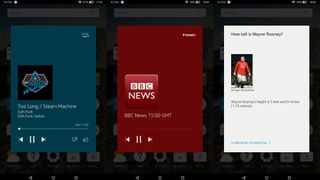
Asking “How tall is Wayne Rooney?” while that news report was playing brought up an image of the stout footballer, as well as text and a vocal response that answered the question directly. Impressively, once Alexa had finished talking, the Flash Briefing resumed in the background.
Our Alexa experience wasn’t perfect, though. When we asked Amazon’s assistant to “Open Guns of Boom,” it thought we were asking it to “Open Guns of Boob”. We’re sure the web results for that would have been rather interesting had we flicked over from the default Amazon tab.
Alexa didn’t like it when we asked it to “Open Geekbench” either, though it was on the ball when we asked to “Open Real Racing 3”.
Activating Alexa is a simple case of pressing and holding the virtual home button at the bottom of the screen, which brings up a subtle blue bar to let you know it’s listening. It doesn’t immediately take over the display like, say, Siri.

If Amazon is going to place Alexa at the heart of its hardware range - which seems quite likely - then it might be an idea to incorporate a dedicated hardware button in future iterations. It’s also a shame that the Fire isn’t listening out for an audible trigger command, like on the Echo. But the current solution works just fine.
Indeed, alongside the similarly priced Echo Dot, the new Amazon Fire 7 is the most affordable way to get hold of Amazon’s advanced personal assistant.
Those with smart home set-ups will also be able to use Alexa on the Amazon Fire 7 (2017) to interact with their gear.
Another notable addition to the Fire 7 - although much less interesting - is dual-band Wi-Fi. This enables the tablet to connect to both the 2.4Ghz and 5GHz Wi-Fi bands, which increases your connectivity options. Indeed, with 5GHz now supported, internet browsing speeds can be much quicker than with the 2015 model.
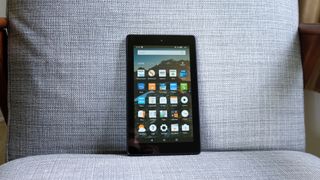
Design and display
- Essentially the same design as the 2015 model
- 1024 x 600 really isn’t sharp enough even at this price
You might struggle to tell the difference between the Amazon Fire 7 (2017) and its two-year-old predecessor. They look very similar indeed, with the same functional matt plastic body (available in black, blue, red or yellow), embossed Amazon logo, and chunky screen bezels.
However, while the new Fire 7 occupies a familiar footprint, it’s actually 1mm thinner, 8 grams lighter, and 1mm longer than the Amazon Fire 7 (2015).
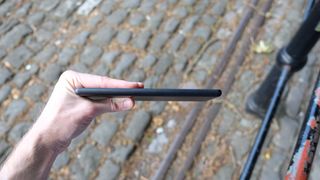
The keen-eyed among you may also have noticed that there’s been a slight reshuffle of the buttons and ports. It’s nothing drastic, but the volume keys and the 3.5mm headphone port have switched places along the top edge.
In practice, this means that all of the tablet’s physical controls are positioned near the corners, making them a little easier to reach without looking.
That’s an improvement in our book, although the placement still feels somewhat awkward when using the tablet in portrait mode, as does the decision to pile everything (the micro USB port is also here) onto one short edge.

Well, we say everything. The microSD slot is positioned on the right-hand edge of the device.
Amazon claims to have improved the display of the Amazon Fire 7 (2017) over its 2015 predecessor, with better contrast levels. That may well be true, but two core facts remain: it’s not very bright and it’s not very sharp.
If you had any aspirations of taking your new Fire 7 out into the sunshine this summer, you’ll be sorely disappointed. Doing so will render the screen a washed-out, overly reflective mess.

It’s fine when you bring it indoors, but doing so will serve to bring home how fuzzy the picture is. Perhaps we’re being overly harsh given that low low price point, but we’d suggest that 1024 x 600 falls short for any mainstream tablet in 2017.
Keep in mind that even a bog-standard budget smartphone will hit at least 1280 x 720 these days - and such phones invariably feature displays that are much smaller than the 7-inch example here.
Perhaps this really is all you can get for $50/£50 right now. But given the screen is the key component in any tablet, we’d argue that either raising the price by 10 to 20 dollars/pounds or dropping the cameras altogether would be preferable in order to hit that 720p minimum standard.
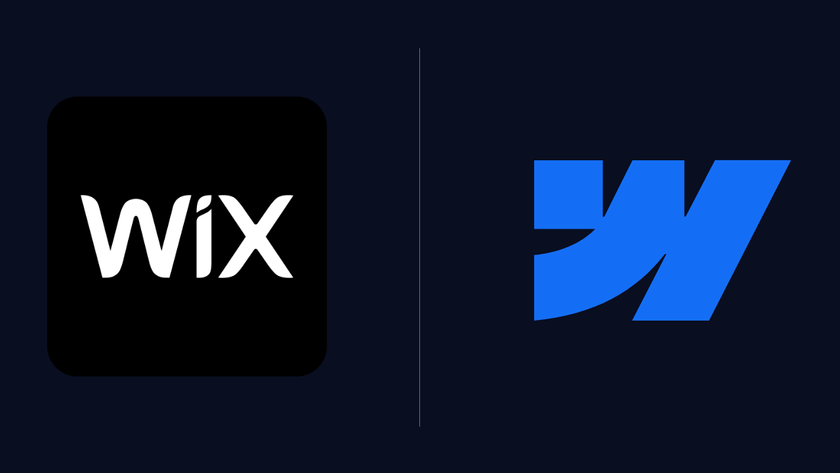
Wix Studio vs Webflow
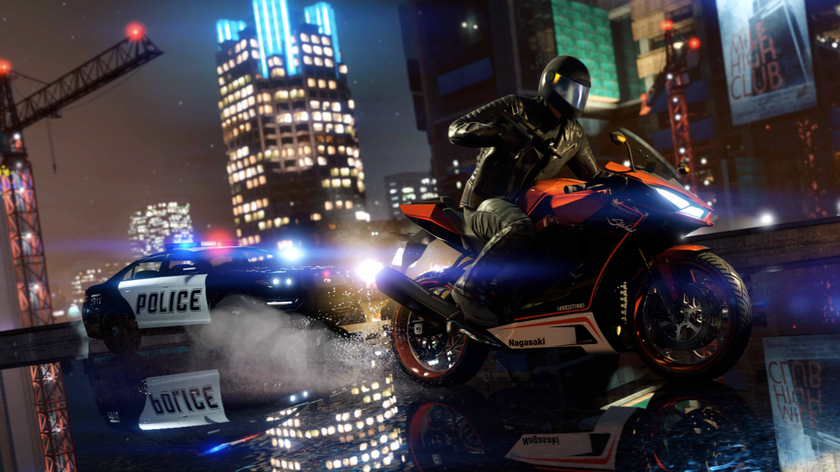
In the lead-up to GTA 6 releasing later this year, Rockstar announces a new GTA 5 update for PC players that includes PS5 and Xbox Series X features

Sad about Dead Boy Detectives being canceled? You’ll be able to see one of the Netflix show’s stars in The Sandman season 2 instead
Most Popular



